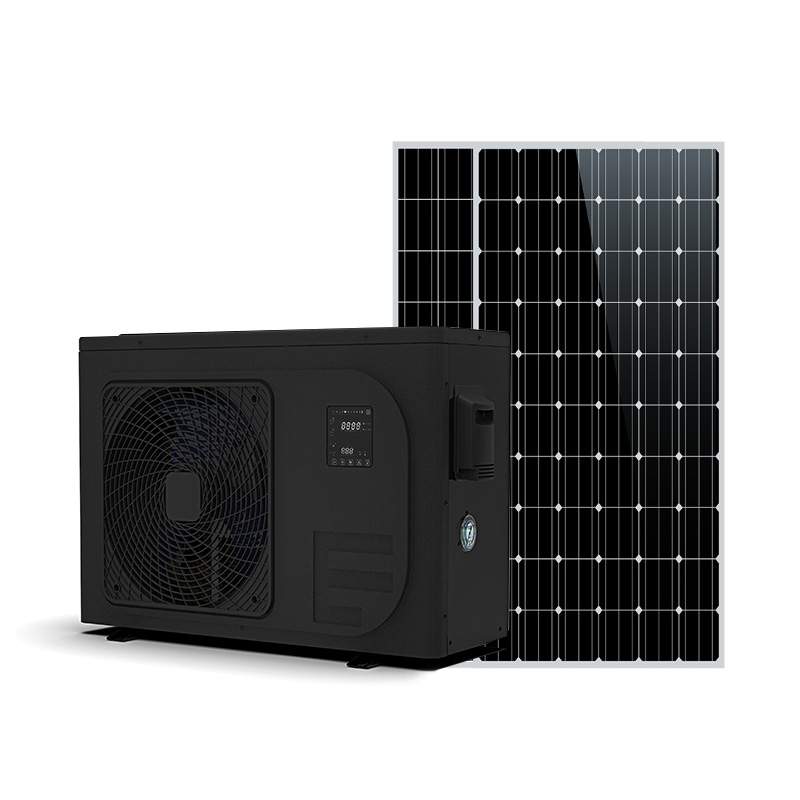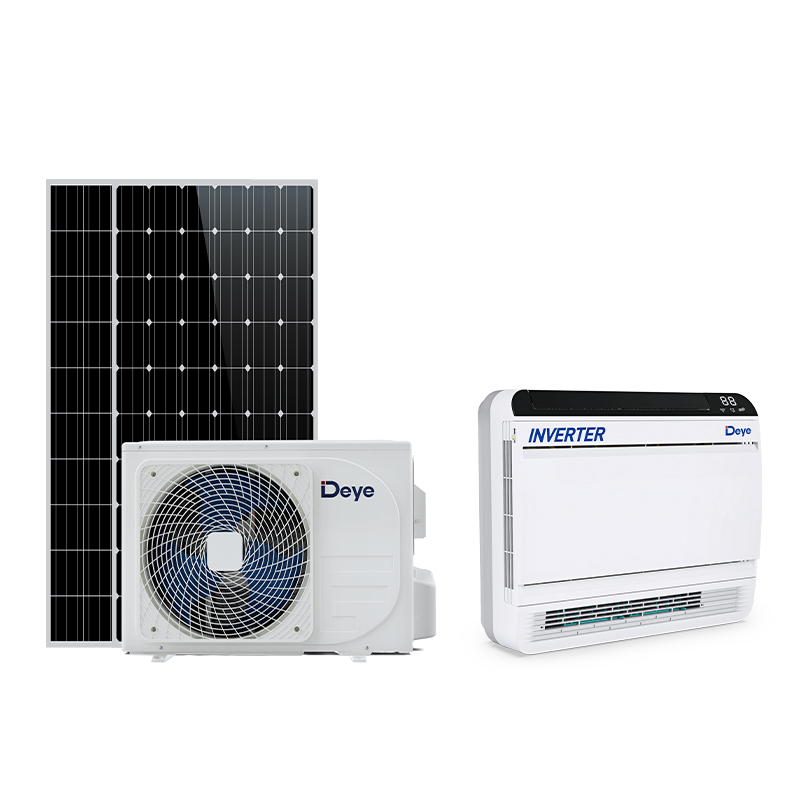Efficient heat exchange: the key to system performance
Solar Air Source Water Heater combines two clean energy technologies, solar energy and air source heat pump. Its core advantage lies in the efficiency of heat energy conversion within the system, and the key to this efficiency lies in the heat exchange system used. At present, industry-leading products generally use shell and tube heat exchangers or plate heat exchangers as core heat exchange components. Among them, the structure combining microchannel heat exchanger and brazed plate heat exchanger technology is the most efficient, which can work stably under complex working conditions and significantly improve the overall energy efficiency ratio (COP) of the system.
Microchannel heat exchanger: a tool to improve heat exchange efficiency
The microchannel heat exchanger is made of aluminum alloy and is formed into a tube body with multiple tiny channels through precision extrusion. This structure has a larger heat exchange area and higher heat transfer efficiency than the traditional copper tube fin heat exchanger. The microchannel structure is compact, light, has excellent thermal conductivity, and has low pressure loss on the air side, which is especially suitable for use in air source heat pump systems.
Using a microchannel heat exchanger as the air-side heat exchange part can maintain high-efficiency defrosting performance in extreme weather such as low temperature and high humidity, while effectively reducing the compressor operating load and extending the compressor life. This technology has been widely used in high-end air source heat pump systems at home and abroad, and has been verified by strict energy efficiency certification standards, while improving heat exchange efficiency and reducing operating energy consumption.
Brazed plate heat exchanger: the best choice for water-side heat exchange
In the water-side heat exchange part, the brazed plate heat exchanger is the first choice because of its high heat transfer coefficient, small size and strong antifreeze ability. The heat exchanger is fixed into a whole by a vacuum brazing process with multiple layers of stainless steel plates. The refrigerant and water flow alternately between the plates to form a high turbulence state, which greatly improves the heat exchange efficiency.
Brazed plate heat exchangers have strong anti-scaling ability and are not easy to corrode. They can operate stably for a long time and are especially suitable for home and commercial hot water systems. For users who need large flow and high water temperature, brazed plate heat exchangers can quickly respond to changes in heat load and ensure a constant supply of hot water.
Series design: dual heat sources work together
The advanced solar air source water heater connects the solar collector and the air source heat pump system in an intelligent series manner. The heat exchange system sets up two independent cycles and dynamically adjusts the working mode through the control system. When there is sufficient sunshine, the solar collector is used first to heat up; when the sunshine is insufficient or the heat load is higher than the solar energy supply capacity, it automatically switches to the air source heat pump for auxiliary heating.
In the whole process, the heat exchange system plays a bridging role, realizing efficient energy conversion and superposition between solar energy and air source, greatly improving the overall thermal efficiency. Compared with traditional water heaters, the average COP value of such systems can reach more than 3.5 throughout the year, and the energy saving rate is as high as more than 65%.
High reliability design: to cope with extreme working conditions
The heat exchange system adopts anti-freeze expansion design in structural design, with automatic drainage and electric heating functions to ensure normal operation in sub-zero low temperature environment. The internal flow channel of the heat exchanger is optimized by CFD fluid simulation to ensure that the refrigerant and water flow evenly under various working conditions, and it is not easy to cause local overheating or freezing.
In high humidity environments, the system has its own intelligent defrosting mode, combined with the hydrophilic coating technology on the surface of the microchannel heat exchanger, which effectively reduces the frequency of frost and the thickness of the frost layer, shortens the defrosting time, and improves winter operation stability. Even in special geographical areas such as plateaus, coastal areas, and high cold regions, the heat exchange system can still ensure uninterrupted operation of the system throughout the year.


 Español
Español русский
русский Français
Français Português
Português Deutsch
Deutsch عربى
عربى italiano
italiano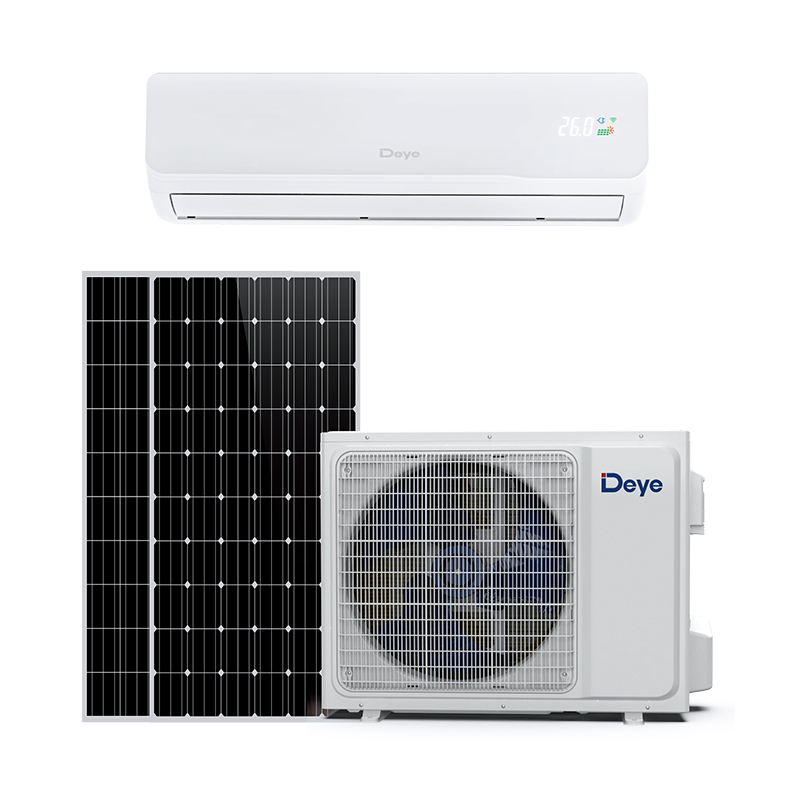
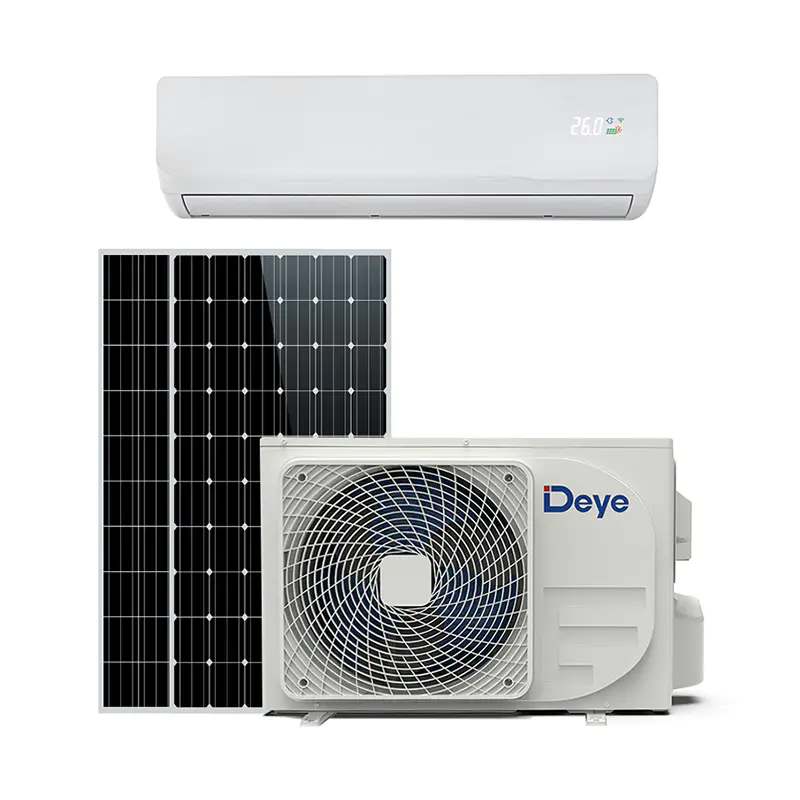
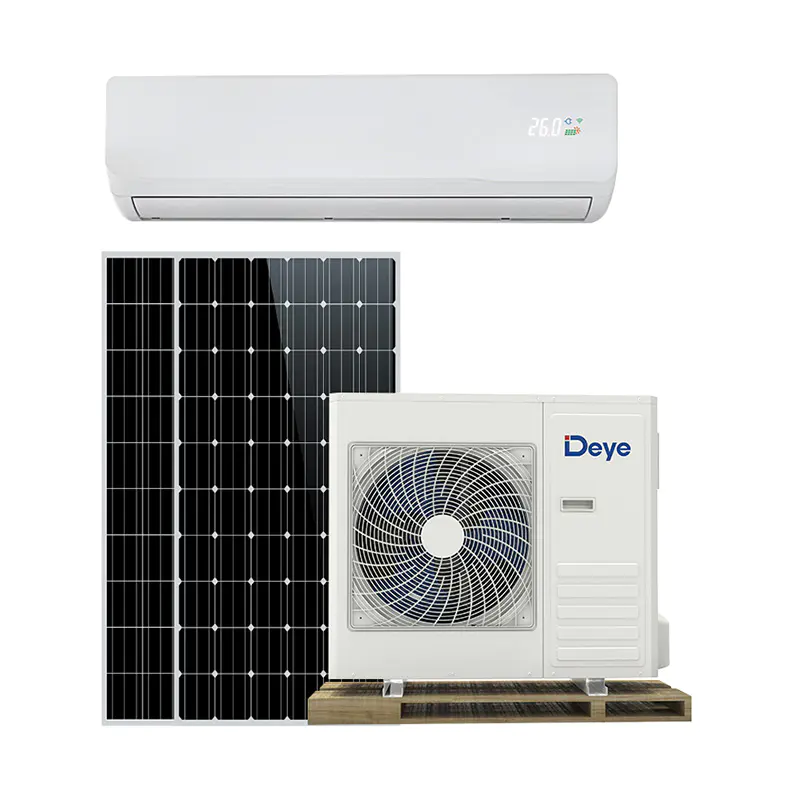
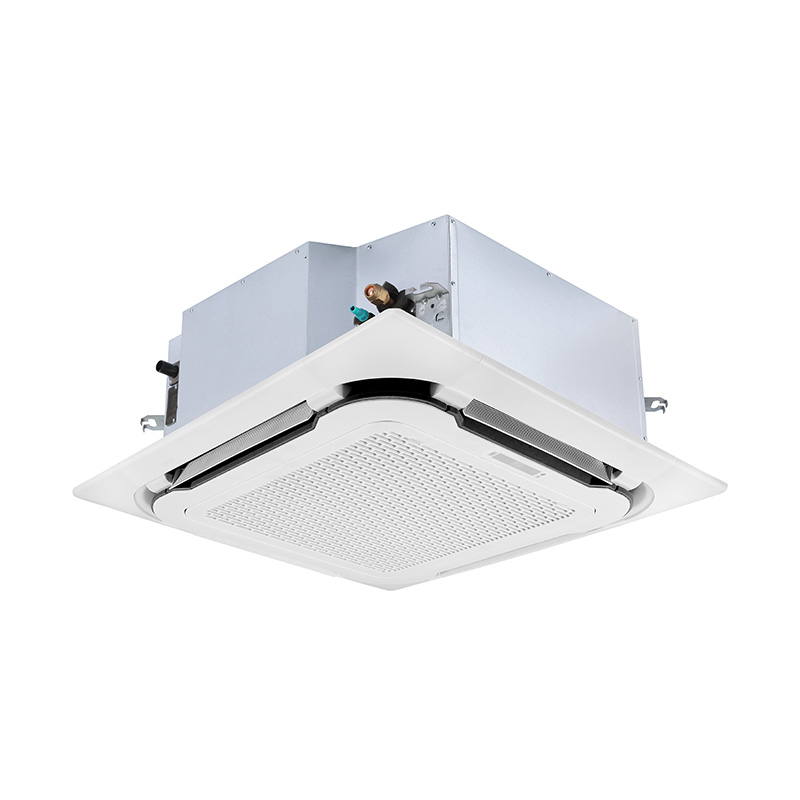
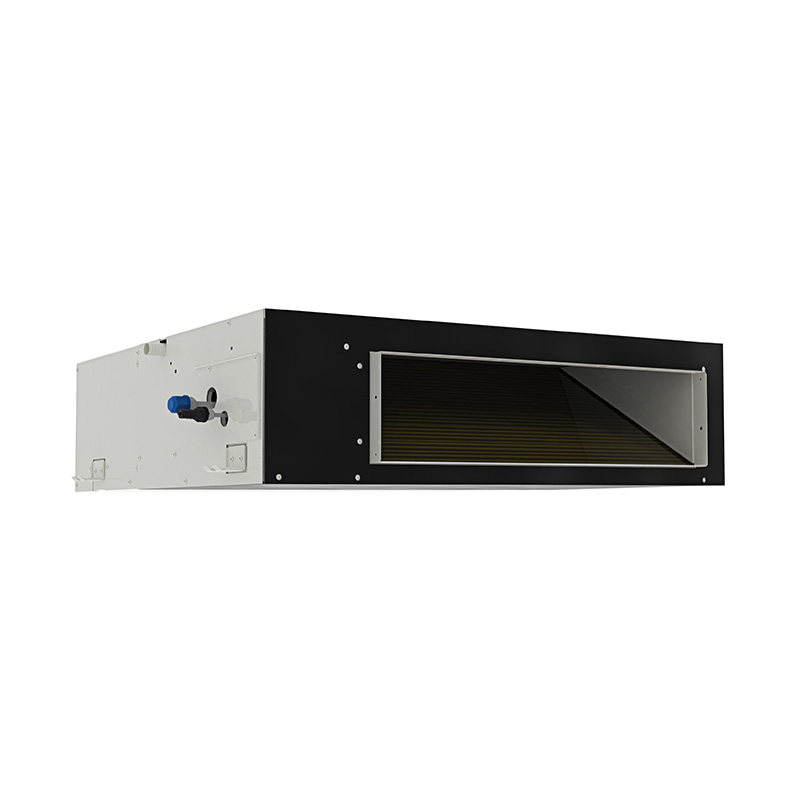
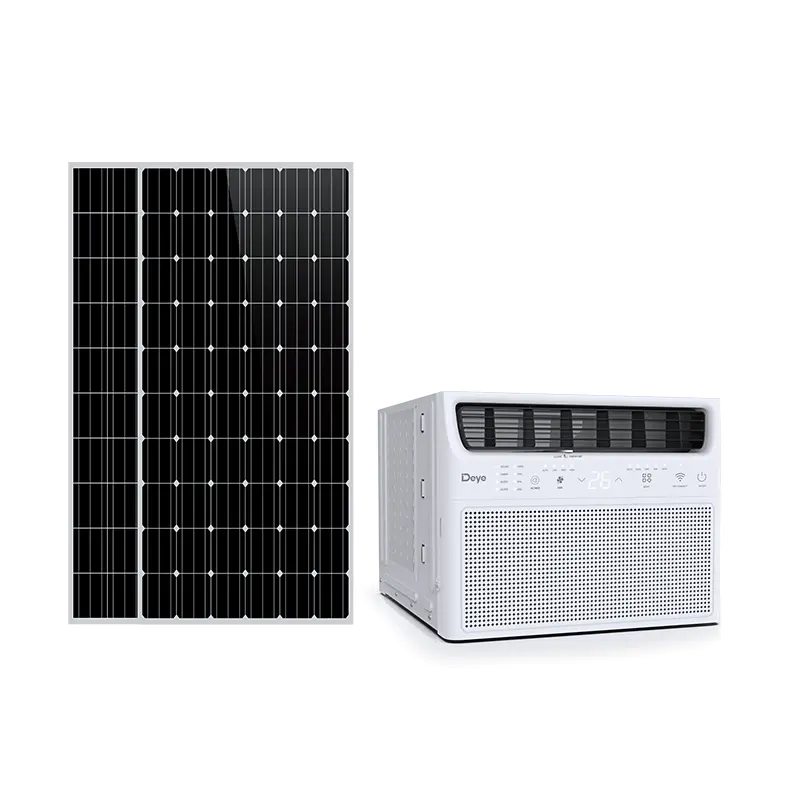
-1.jpg)


